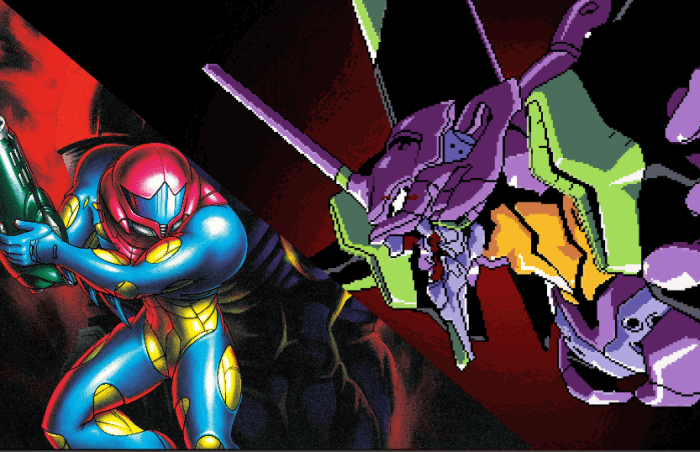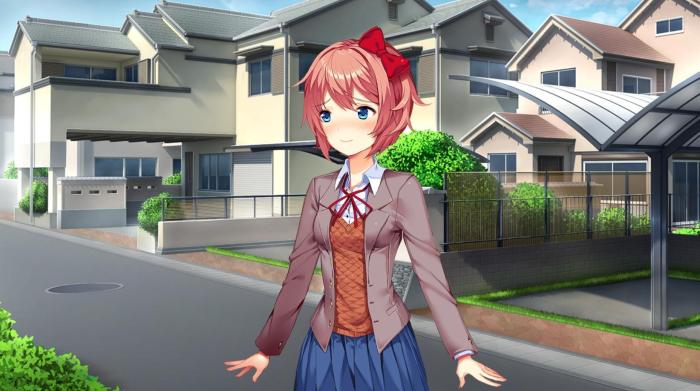As a medium, video games are defined by different forms of touch. Both the interface between player and game and the action of most games itself relies upon a set of simple rules — what kinds of responses a particular touch will engender, and what groups of pixels can and cannot be safely touched. Games have their own language for these interactions: collision detection defines the act of in-game touch, and hitboxes measure where and when that touch brings pain. In most games, this becomes a kind of broad and neutral framework: a foundation on which mechanical and narrative structures can be built. But in Metroid, touch becomes its own singular kind of horror.
Tag: anime
How Doki Doki Literature Club Paints an (Almost) Authentic Picture of Depression
From one angle, Team Salvato's (free) visual novel Doki Doki Literature Club looks like an attempt to capture a bit of Undertale's signature metafictional magic. A game that begins as a piece in a well-defined genre ends up being anything but—picking apart both the mechanical and narrative tropes that a player might expect from, respectively, a visual … Continue reading How Doki Doki Literature Club Paints an (Almost) Authentic Picture of Depression
Your Name: A Film on Reality, Seen through Fantasy
Your Name (Japanese title: Kimi no Na wa) is one of those rare pieces of art that defies genre classification—that breaks every assumption and expectation of science-fiction, fantasy, and coming-of-age narratives, and that takes our reductionist approach to film and fiction and shows that nice, convenient labels are never necessary in creating powerful works. It simultaneously melds body-swapping and time … Continue reading Your Name: A Film on Reality, Seen through Fantasy


